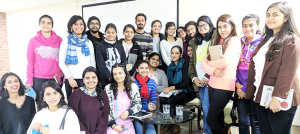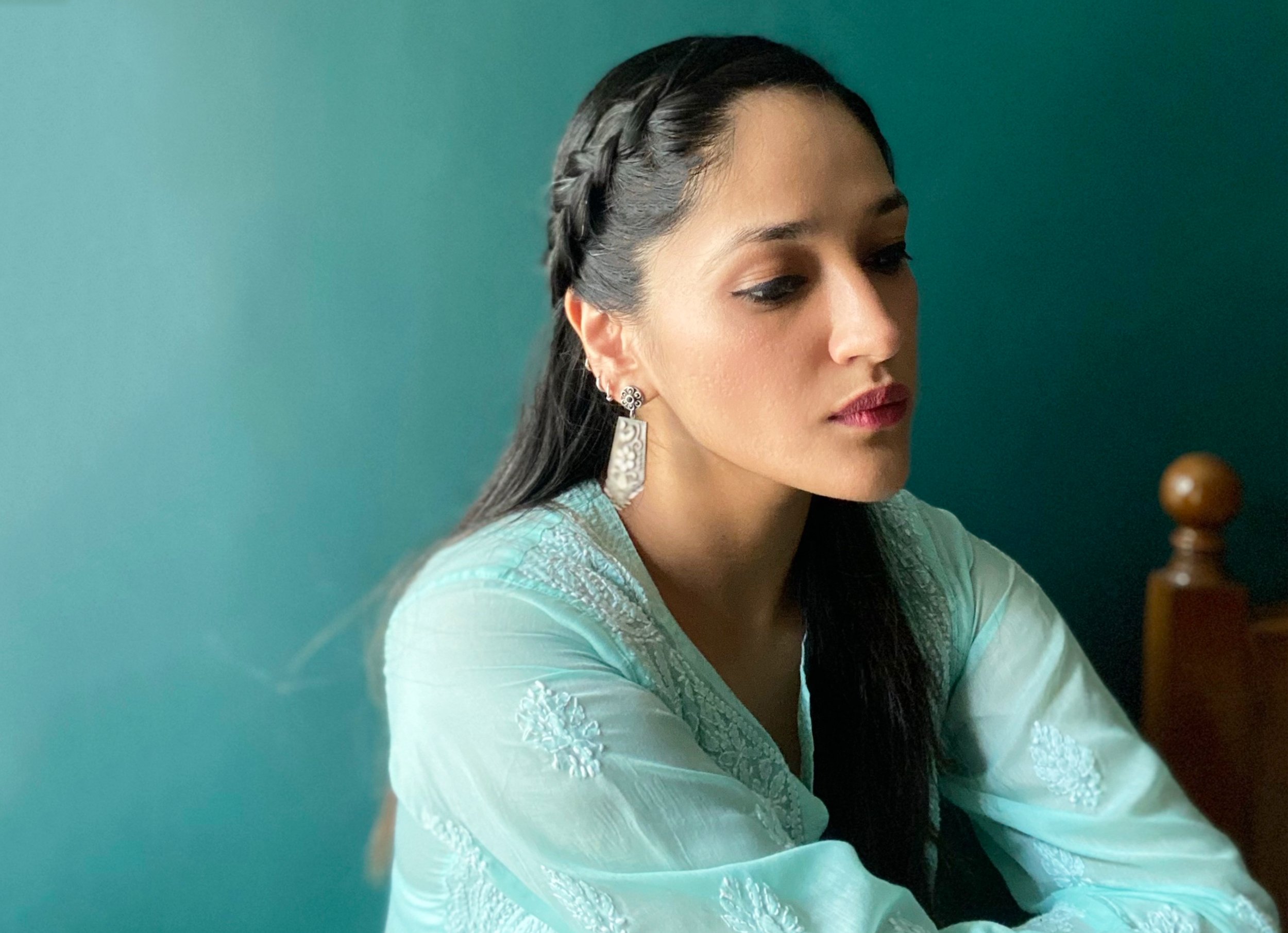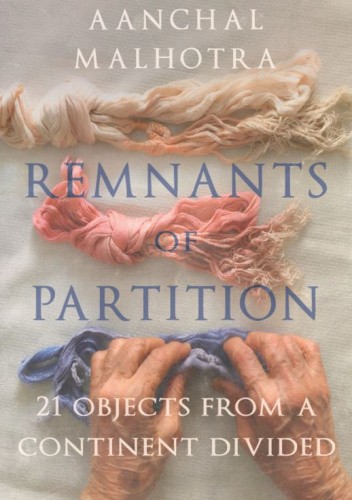

“It’s not as if Partition only happened in the grand halls of Rashtrapati Bhavan and in England,” she adds, “Once you start speaking to Pakistanis and Bangladeshis, alongside speaking to Indians, you realise that the shared history of the region is really crippling.

I can only imagine how much worse it would be for people who didn’t have their class or caste privilege.” She then set about uncovering and documenting the stories of people who were “simply, people” in an effort to expand the formal narrative to include voices, experiences, and even opinions that time would otherwise obfuscate. “When I started learning about Partition at school, I was quite horrified to see that my grandparents were just a number,” she recalls, “They weren’t politicians or large landowners–they were simply people, so they didn’t factor into the larger academic history of Partition. Malhotra’s journey as an oral historian emerged, in part, as a response to how Partition history was often reduced to a singular, political narrative.

Lala Bidi Chand, Malhotra’s great-great-grandfather, was appointed to plague duty in 1898 during his three-decades long career, he went from being a 2nd grade Sergent in 1874 to Deputy Inspector in 1904. That’s not to say that everyone in that book was upper class or upper caste, but it just meant that you were privileged enough to be able to know that Partition was going to happen, to be able to carry something with you.” “I was really conscious about the aspect of diversity,” she says, “ Remnants focused very much on people who had objects, which meant that they could carry things. However, In the Language of Remembering marks a shift in Malhotra’s approach, and carries several stories that emerged out of conversations that were unaided by object catalysts. In Malhotra’s eyes, an exquisite piece of heirloom jewelry tells a story of family ties and the resilience with which one clings onto them a simple sari carries the dignity of being a working woman in post-Partition India a sewing machine becomes a treasured gift. Both books illustrate the process of remembering and preserving lived experiences through objects of significance. Malhotra’s second book, In the Language of Remembering, was released by HarperCollins last month, and expands upon the oral narratives that the historian first began documenting in 2017’s Remnants of a Separation. “She doesn’t remember where she would have worn the saris,” says Malhotra, “I’m guessing this one was for evening wear.”

Over the years, Malhotra’s grandmother has gifted her several of her old saris, many of which were purchased for her by Malhotra’s grandfather.


 0 kommentar(er)
0 kommentar(er)
